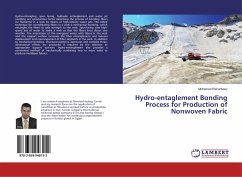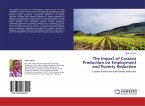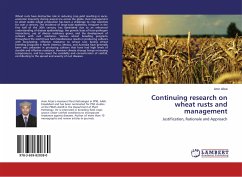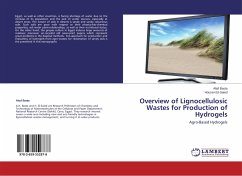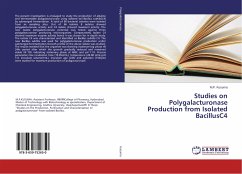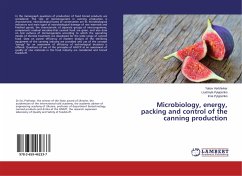Hydro-entangling, spun lacing, hydraulic entanglement and water jet needling are synonymous terms describing the process of bonding fibers (or filaments) in a web by means of high-velocity water jets. The oldest technique for consolidating fibers in a web is mechanical bonding, which entangles the fibers to give strength to the web. Spun-lacing uses high-speed jets of water to strike a web so that the fibers knot about one another. The interaction of the energized water with fibers in the web and the support surface increases the fiber entanglement and induces displacement and rearrangement of fiber segments in the web. In addition to mechanical bonding, structural patterns, apertures and complex three-dimensional effects are produced if required by the selection of appropriate support surfaces. Hydro-entanglement also provides a convenient method of mechanically combining two or more webs to produce multilayer fabrics.
Bitte wählen Sie Ihr Anliegen aus.
Rechnungen
Retourenschein anfordern
Bestellstatus
Storno

